Main Content
Postdoctoral researcher Laura Steeves collaborates with NOAA Fisheries to understand how a species important to New Jersey will respond to changing ocean conditions.
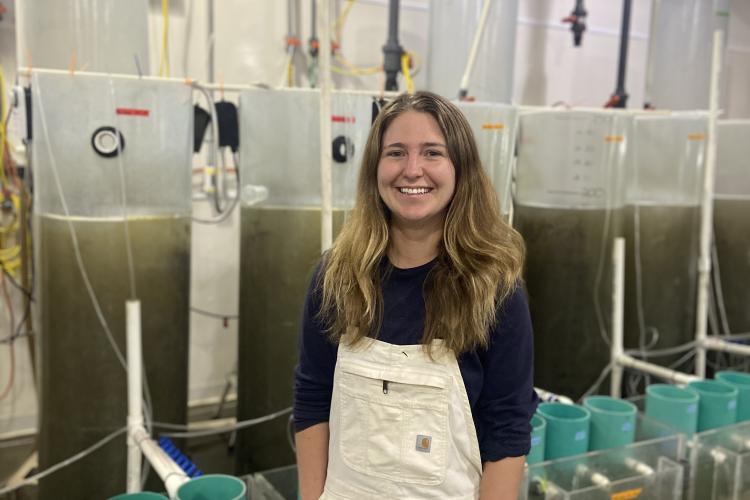
Credit: Laura Steeves/Rutgers University
By HSRL Staff •
Postdoctoral researcher Laura Steeves collaborates with NOAA Fisheries to understand how a species important to New Jersey will respond to changing ocean conditions.

By HSRL Staff •
With the surfclam industry facing an uncertain future amid all these threats, shellfish researchers at Rutgers and elsewhere are working to find solutions that may help both the clams and the fishers adapt.
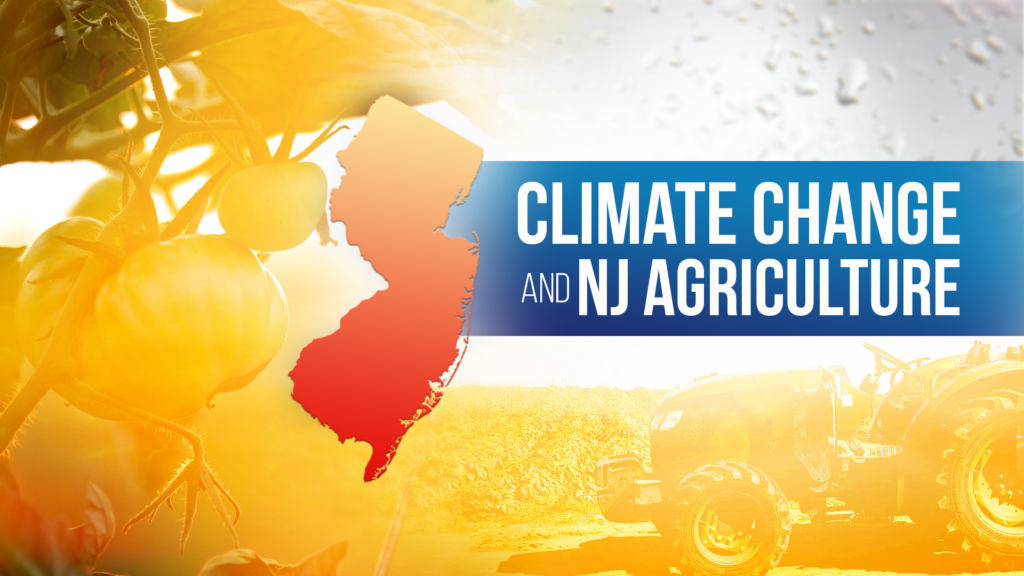
By HSRL Staff •
Using Rutgers University brood stock, the hatchery was able to have eight spawns this year, and is on its way to success in benefitting local aquaculturists in the state of Delaware.

By HSRL Staff •
Shellfishermen and scientists have spent years battling a disease that nearly wiped out the native oyster population. At last, there are signs of a possible way forward.
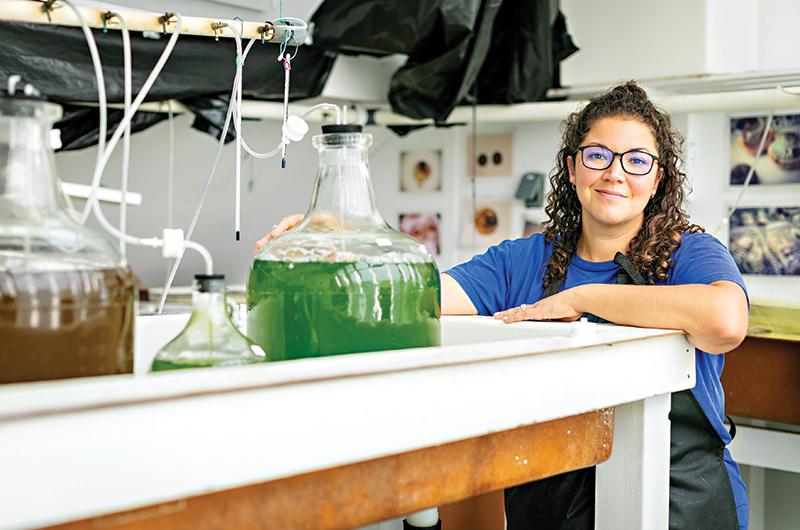
By HSRL Staff •
One East Coast collaboration, the Regional Shellfish Seed Biosecurity Program , is attempting to make interstate business easier for hatcheries and growers. “In a nutshell, we want to have a hatchery’s health record for three years, and see a clean bill of health for three years, before the hatchery becomes certified,” explains Lucia Safi, a postdoctoral researcher associated with Rutgers University and the Regional Shellfish Seed Biosecurity Program. “The hatchery will make an application for each product that they want to have certified. We do all this research and certified best management practices to minimize disease. In the long run, this will save a lot of time and money.”
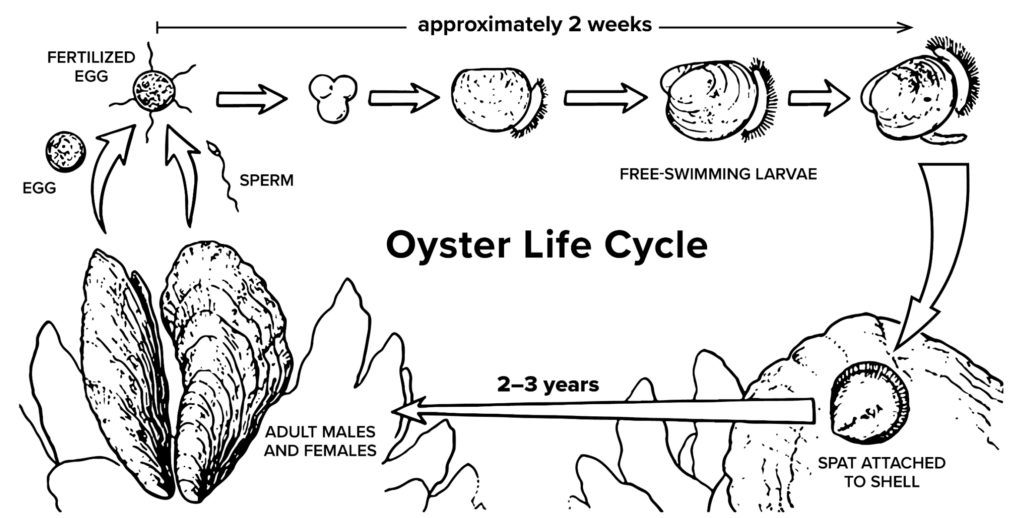
By HSRL Staff •
In some parts of the East Coast, specially constructed blocks of concrete that mimic the surface area of an oyster reef are used for oyster settlement along the shoreline. This concrete must be designed to break down, however. Asking concrete manufacturers to make a product designed to break down may seem counterintuitive, explains Dave Bushek, director of the Haskin Shellfish Research Laboratory at Rutgers University.
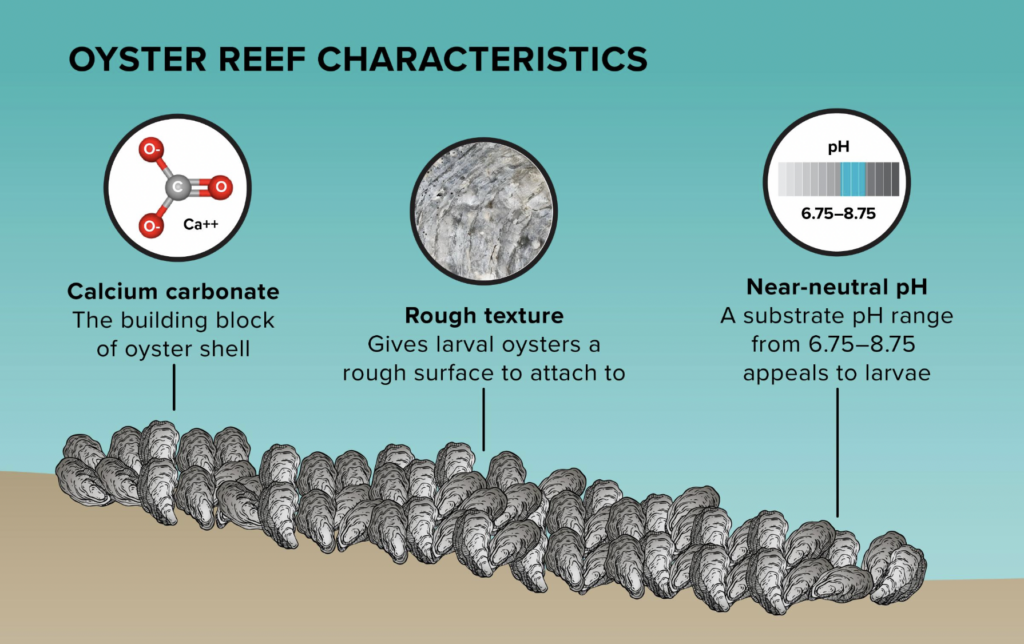
By HSRL Staff •
Rutgers University is leading an 18-month DARPA project during its first phase, with options that could extend out to a total of five years.
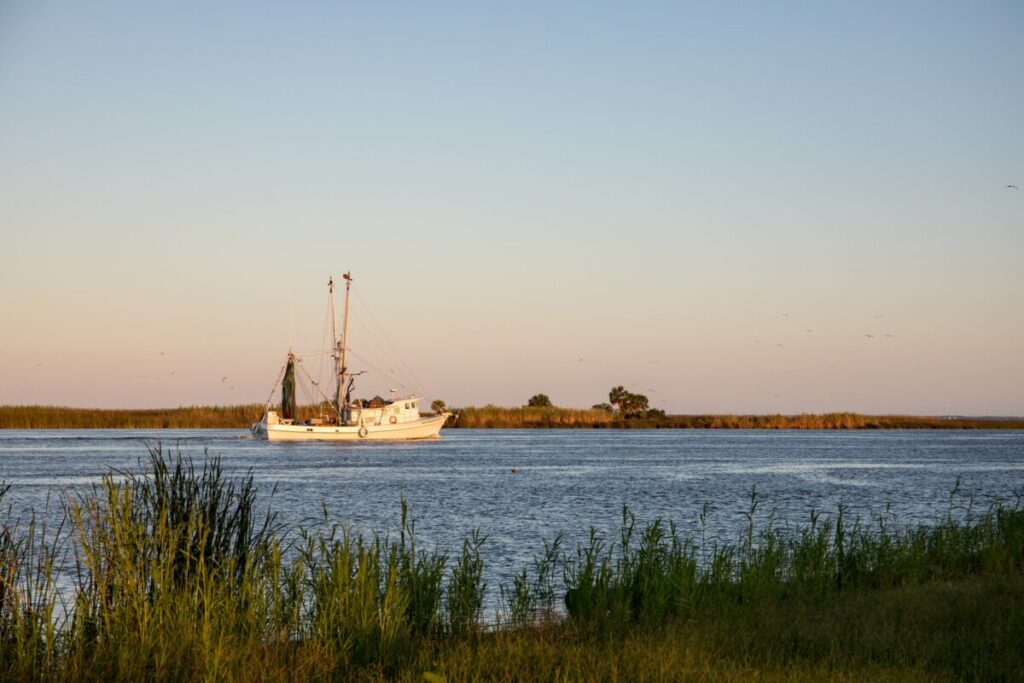
By HSRL Staff •
The Rutgers-led Defense Advanced Research Projects Agency (DARPA) project—awarded $12.6 million last fall to develop an artificial reef ecosystem to help project coastlines from storm damage, flooding and erosion—recently conducted laboratory testing of modular oyster reef-mimicking structures for eventual installation in the Gulf Coast.
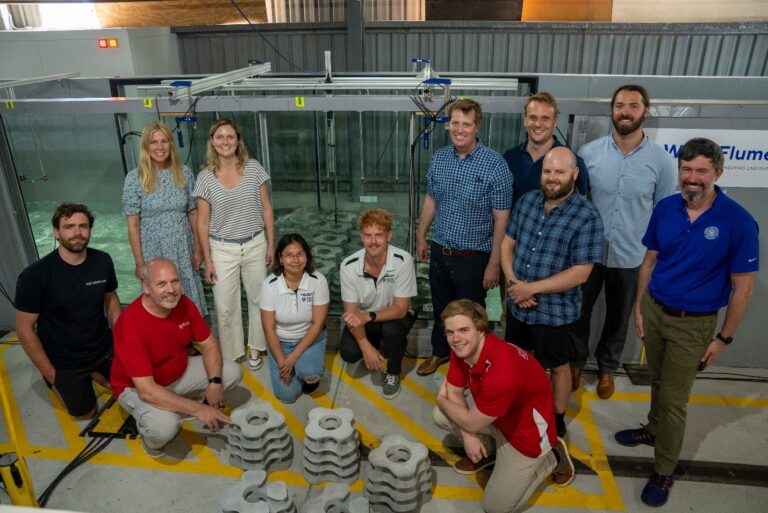
By HSRL Staff •
This September, Gov. Phil Murphy signed an order to increase New Jersey’s offshore wind goal to nearly 50 percent by 2040.
A group of 12 Rutgers students, including Sophia Piper (HSRL), is hard at work to help the state meet that deadline.

By HSRL Staff •
A final peer-reviewed report synthesizing the current state of science on the interactions between fisheries and offshore wind is now available online.
